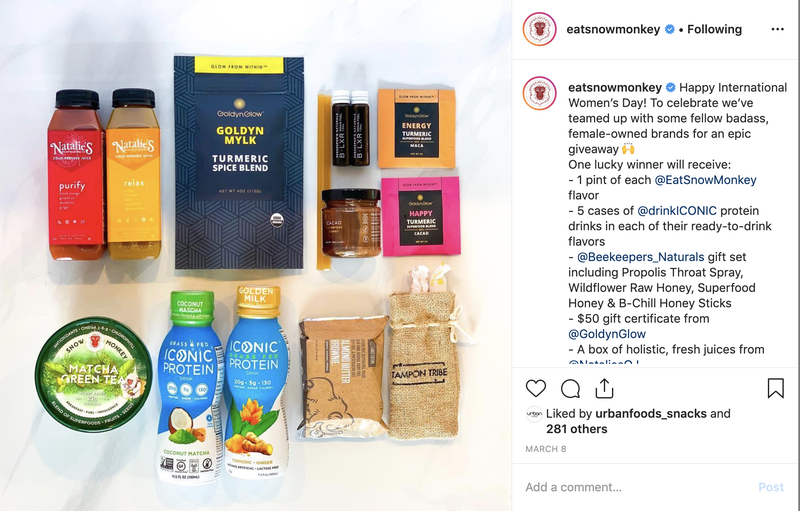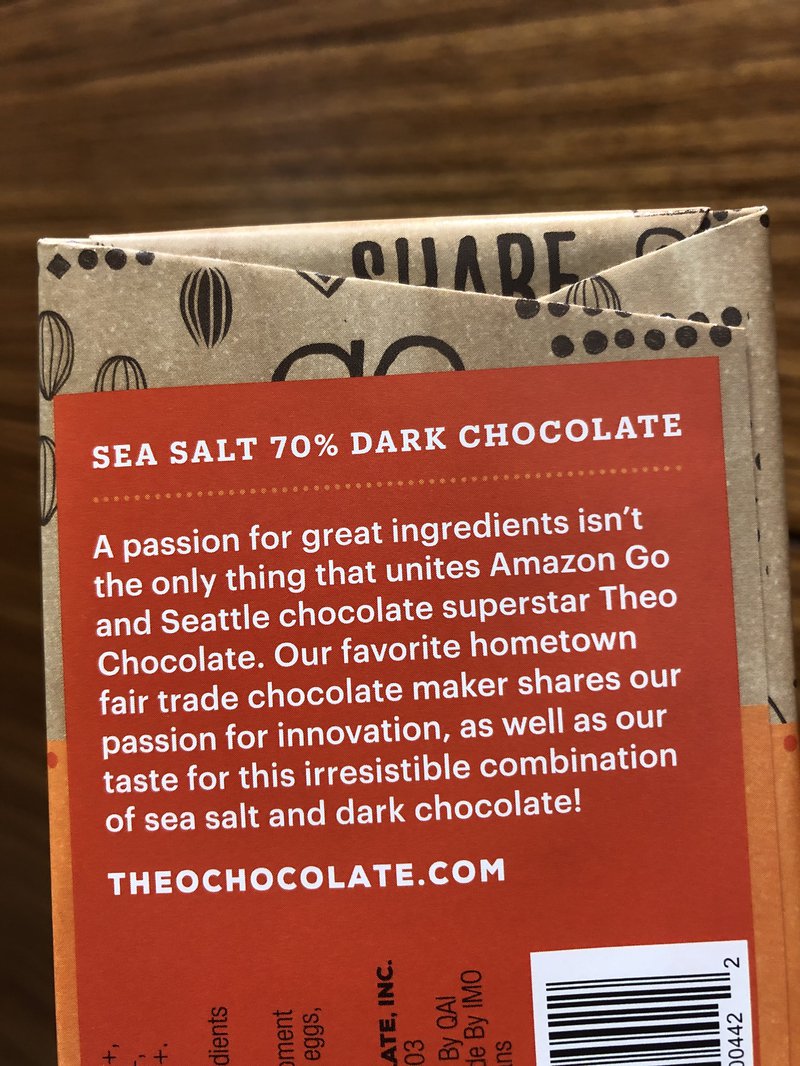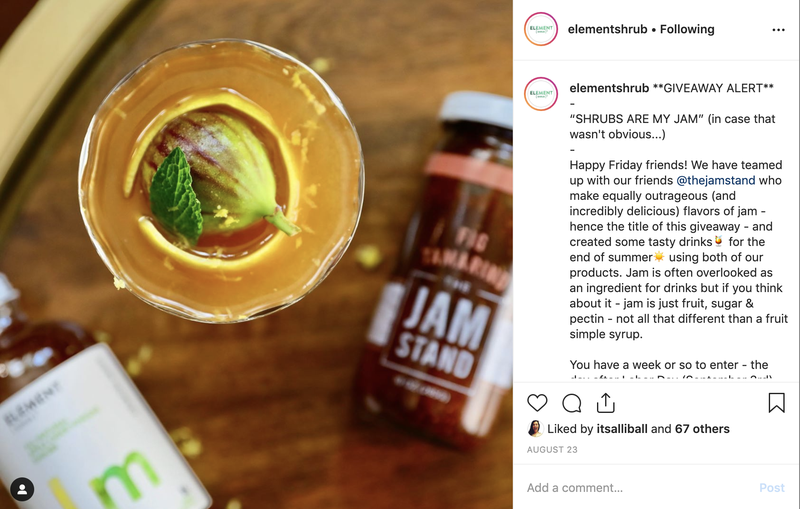Dating For Brands: Why It's All About The Data

Big data came to online dating years ago – first with sites like eHarmony.com and match.com, and later with apps like Tinder and Bumble. And about 1,496 others (not kidding). The sites and apps use alignment on location, mutual friends, common interests, personal preferences and even astrological sign to make personal matches for dating, friendship, and more!
From the inception of Parsnip, we’ve connected brands for mutually-beneficial partnerships. In order to objectively connect companies, we aim to utilize big data, machine learning and a recommendation engine. Not unlike dating, where big data offers some number of informed matches to a person, we believe that we can get you close to that right match as a company based on underlying objective qualities about your business: things like company values, product attributes, use-case/occasion, location, etc. And what’s incredible about connecting brands based on what they’re all about, is that we can not only match brands to other brands, but also to events, agencies, freelancers, influencers – basically any partner they need to grow their business.
So, what’s driving the need to use data to find your next partner? In a ‘dating for brands’ world, why is it all about the data? (and does anyone else get jazzed that data and dating are similar words???)
Underlying Values Give You Something To Rely On
Not unlike dating, having shared values with a partner really does matter. eHarmony reflects that: “If you have shared values, regardless of your interests, your relationship has a good chance of success.” The same applies to the business world. If your business and the brand, influencer or agency you’re working with have a shared set of underlying values, you will always have something to rely on when the going gets tough. We think of business values as:
- Founders: the things that inspired the founder to start the business or who the founder is (like health challenges, making the world a better place, being a veteran founder or mother/daughter team)
- What the business stands for: this is likely tied to your social mission or deeper intent (which could be seen in your give-back programs or your B Corp certification, for example), and your product attributes (like gluten-free, sugar-free, plant-based, etc.)
- Treatment of your customer: if you’re not on the same page about how your target customer should be treated, it’s really hard to make progress in a partnership. This value is a bit harder for the Parsnip team to articulate as objective values, but through guidance and education around how to execute and connect with your customer through a partnership, we aim to support finding alignment here!
For example, Snow Monkey partnered up with fellow female-founded brands for an International Women’s Giveaway:

Make it a goal to articulate the values up front when working with a new partner, and point to them if you ever run into challenges in the relationship. And then of course, tell your customers all about it!
For example, Amazon Go and Theo Chocolate used the back of their co-branded bar to share why they’re working together:

Mutual Interest Stays Intact
Beyond the data that supports the aligned values between your business and another business, there is even more data that we use to ensure mutual interest: the occasion that ties your companies together (great for brand x brand or brand x influencer matching), or the intent behind what you’re working on (what activity did you agree to do together?). The occasion is all about how your customers use your product(s): what they’re doing before, during, and after consuming your product are all opportunities for finding brand partners. And all those occasions (backpacking, commuting, Halloween, snacktime, bedtime, etc.) are all data we can use to match brands! From there, we can also match on the activity type – things like giveaway, social media marketing, in-kind product donation for an event, etc. This alignment on occasion and activity cuts the “huh, why are we working together?” out of the discussion with a potential partner and gives you a strong mutual interest that will stay intact for the duration of your relationship.
A great example? Element Shrub articulated not only that jam is perfect in drinks (data match: occasion) in this giveaway but that their products can be used in combination with jam to create a delicious drink!

Your Customers Will Thank You
When you use solid data to form the basis of your business partnerships, you ultimately make it really easy for your customers to understand your brand story. You’ll get less of the “huh?” when you partner with another brand if you’ve aligned on occasion and founder story, for example, because both brands have a shared use case and founder background that already made sense to one of the brand’s group of customers. In addition, it is incredibly beneficial if you can share more of the ‘why’ you’re working together: less work for your customers is more loyalty for you. Your customers will thank you.
So next time you’re curious about what this dating for brands thing is all about, remember that it’s all about the data and our ability to objectively get you closer to the right match based on your business values and mutual interests. Curious to get in on the action and take advantage of the search and filter capabilities we have for our members? Join Parsnip!


